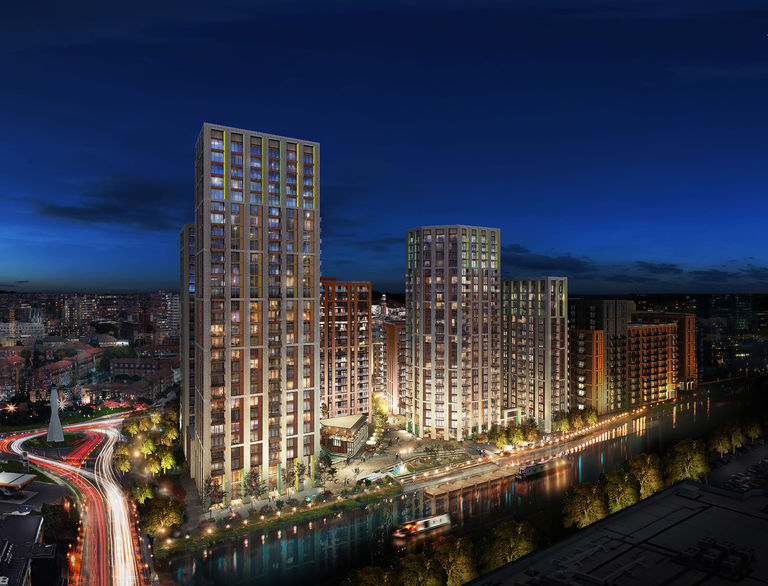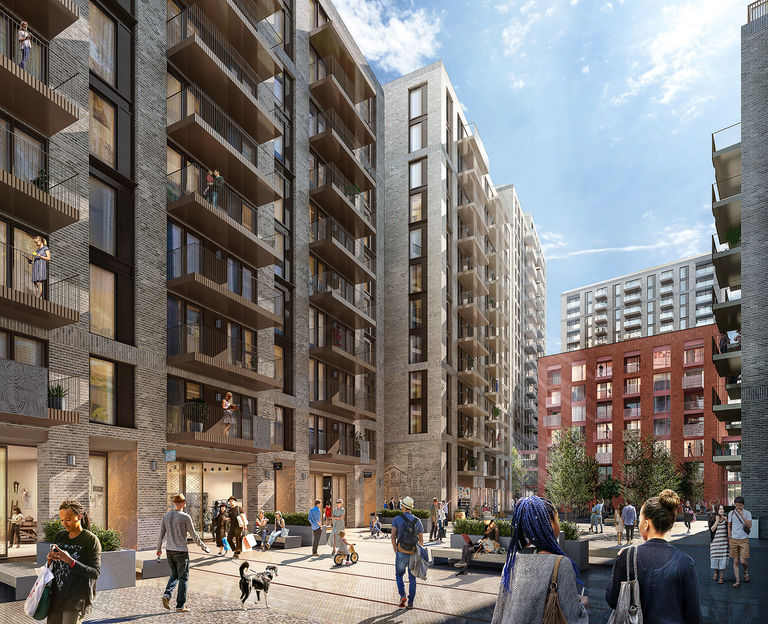While retail parks and their associated parking occupy 27 square miles, only 11.6 of those square miles, or 43 per cent of the total land area is built on. This is a waste of land.
No-one would call Barcelona dense, (in fact it’s often cited as being one of the world’s most livable cities) yet in its core area, its built infrastructure accommodates more than 50,000 people per sq km – more than double the figure in London. If the built portion of all our UK retail parks at 30 sq km was re-designed at the scale of Barcelona, we could create dwellings, workplaces, and hotels for 1.5m people.
With the UK’s population currently at 66 million, and projected to grow at 0.6 per cent every year (or around 400,000 people), the re-development of our Grey Belt alone would address our current and future housing needs for several years hence.
At a more modest level, in the UK’s towns and not just cities, an acceptable plot ratio is in the order of 0.7 to 1.5, so if we were to apply a 1.5 density to all of the UK’s retail parks, we could create an additional 7,490 Ha of development area, or 806m sq ft, or around one million much needed one and two bedroom homes.
By comparison, in the UK the current Conservative Government was elected in 2017 with a manifesto pledge to meet the 2015 commitment to deliver one million homes by the end of 2020 and to deliver half a million more by the end of 2022.
Achieving this shortfall predominantly on Grey Belt land is a clear win/win for both property owners and our communities and it is an opportunity that has not gone unnoticed with the biggest owners such as Aviva, Land Securities and British Land beginning to advance strategies for mixing uses on many of their retail parks.


